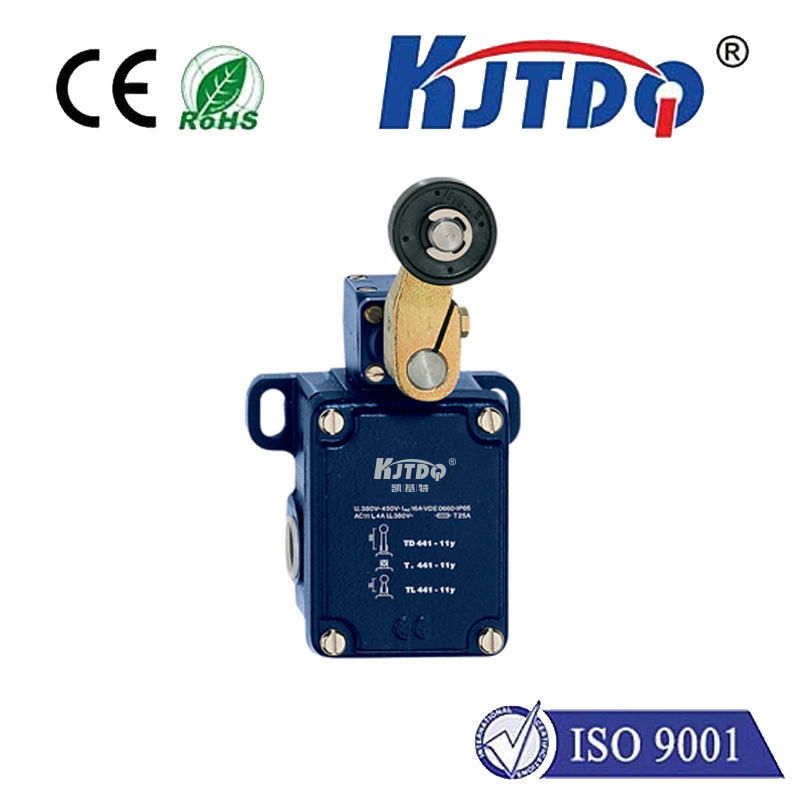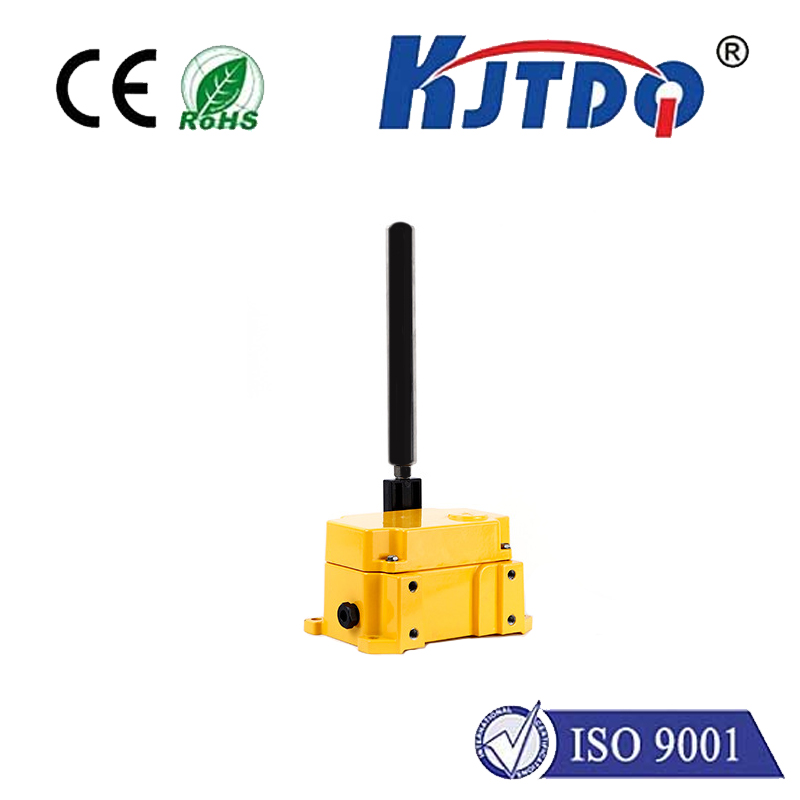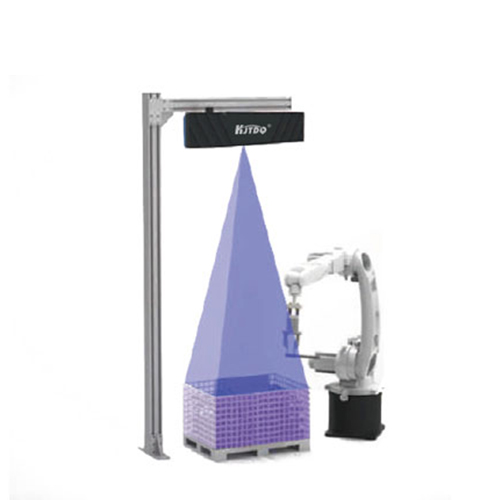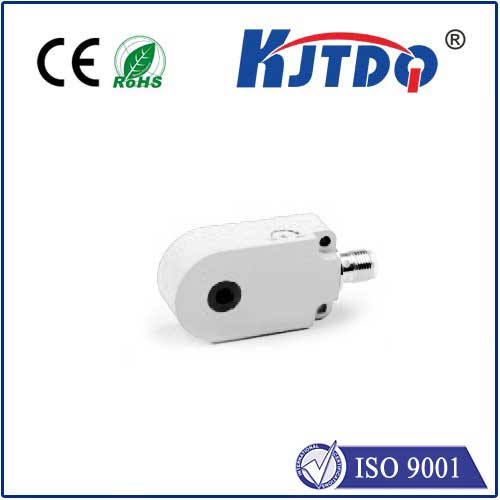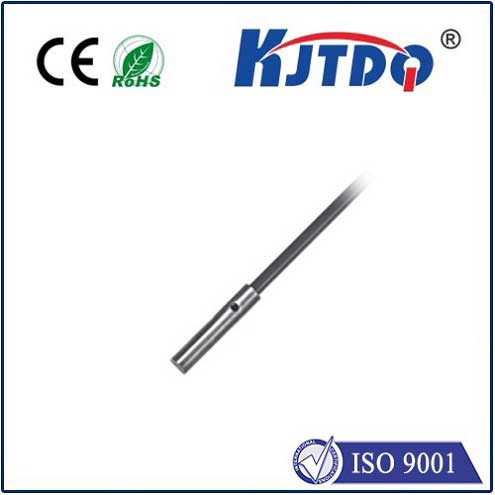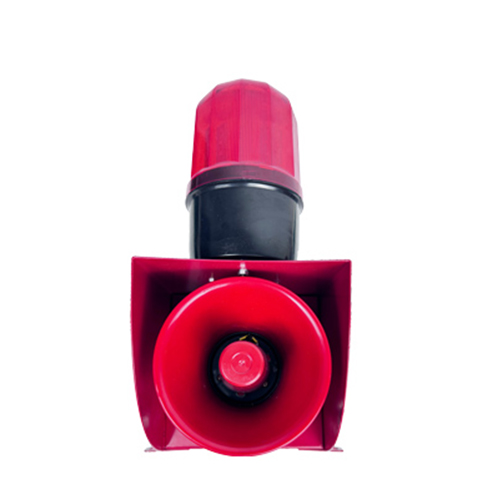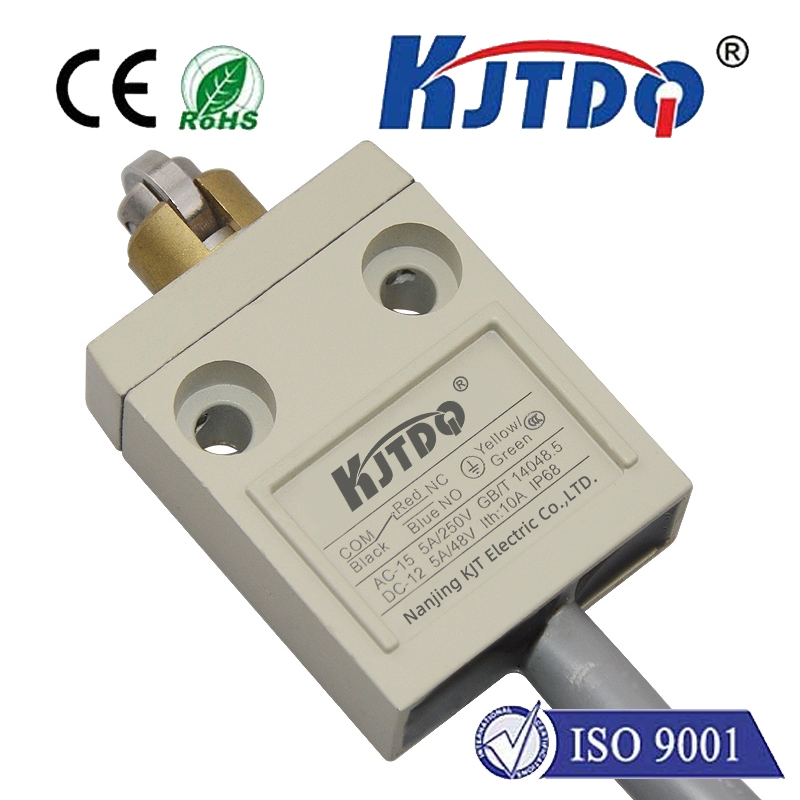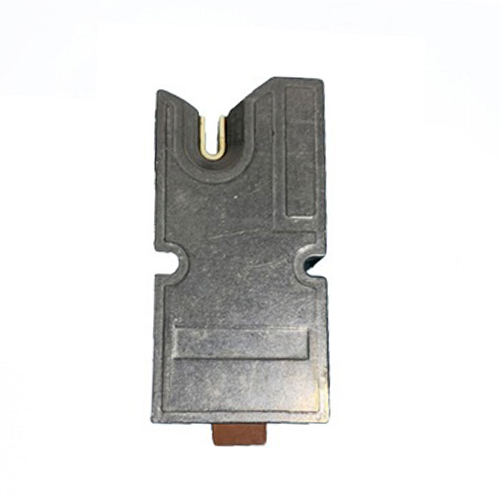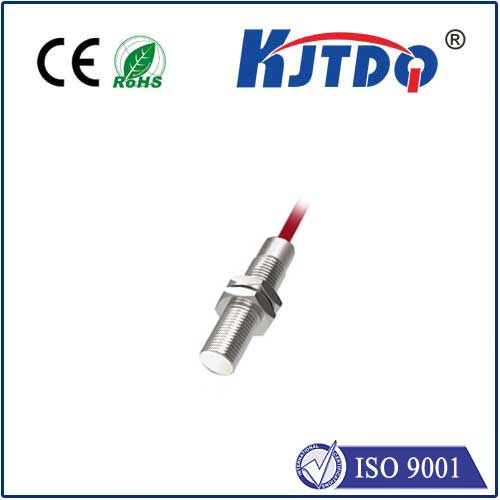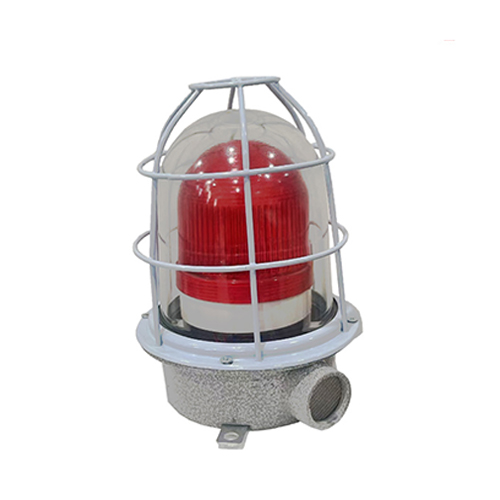tactile pressure sensor
- time:2025-08-19 10:55:37
- Нажмите:0
The Invisible Touch: How Tactile Pressure Sensors Bridge Our Physical and Digital Worlds
The gentle squeeze on a smartphone screen unlocking a world of information, the reassuring grip of a robotic arm assisting in delicate surgery, the adaptive feedback in a gaming controller making virtual textures feel real – these seemingly intuitive interactions rely heavily on an unsung hero: the tactile pressure sensor. These sophisticated devices are the translators, converting the fundamental language of physical touch and force into precise digital data that machines can understand and act upon. They are the fingertips of the digital age, enabling smarter, safer, and more responsive interactions between humans, machines, and the environment.
What Exactly is a Tactile Pressure Sensor?
At its core, a tactile pressure sensor is a transducer specifically designed to measure force or pressure distribution resulting from physical contact. Unlike a simple button that detects binary “on/off” states, tactile sensors provide detailed information about magnitude, location, and often even distribution of the applied force across a surface. This granularity is crucial for applications demanding nuance and precision in sensing touch and pressure.
- Key Differentiator: While many sensors deal with force or pressure (like load cells or barometers), the term tactile inherently implies direct contact or interaction with an object or surface, often mimicking the function and location of human touch. They provide spatial mapping of pressure.
Peeking Inside: Core Sensing Technologies

The magic behind tactile pressure sensing lies in several established and emerging technologies, each with unique advantages:
- Piezoresistive Sensors: The most common type. They utilize materials (like conductive polymers or specific semiconductors) whose electrical resistance changes predictably under applied mechanical pressure. By measuring this resistance change, the applied force is determined. They are robust, relatively simple, and cost-effective, making them widely used in consumer electronics (touchscreens, keyboards) and industrial controls.
- Capacitive Sensors: These work by detecting changes in capacitance – the ability to store an electrical charge – between two conducting layers separated by a compressible dielectric material. Pressure applied deforms the dielectric, altering the capacitance. Known for high sensitivity, good spatial resolution, and durability, they excel in touchscreens and applications requiring fine force gradients.
- Piezoelectric Sensors: These generate a small electrical charge when physically stressed or deformed. While excellent for detecting rapid changes in force or vibrations (e.g., impact sensing), they are less suited for measuring static pressure as the charge dissipates over time.
- Optical Sensors: These often use light waveguides. Pressure applied deforms the waveguide, altering the transmission or reflection of light. Changes are measured by photodetectors. They offer high resolution and immunity to electromagnetic interference but can be more complex and costly.
- Strain Gauge Sensors: These rely on the principle that the electrical resistance of a fine wire or foil changes when it’s stretched or compressed. While highly accurate and mature technology, their implementation for complex pressure mapping is often bulkier than alternatives like piezoresistive arrays.
- Emerging Technologies: Quantum tunneling composites (QTC) offer novel pressure-to-resistance characteristics. Research in flexible and stretchable electronics, including printed and organic sensors, is rapidly advancing, enabling conformable tactile sensing skins for robots and prosthetics. Optical Fiber Sensors are gaining traction for specific high-resolution or distributed sensing needs.
Where the “Touch” Makes All the Difference: Key Applications
The ability to sense touch and pressure with sophistication unlocks transformative applications across diverse sectors:
- Robotics & Automation: Tactile pressure sensors are fundamental for giving robots a sense of “feel.” They enable:
- Safe human-robot collaboration by detecting unintended contact and limiting force.
- Delicate object manipulation (handling fruit, circuit boards, surgical tools).
- Dexterous grasping control, adjusting grip strength based on the object.
- Terrain sensing and adaptation for walking robots.
- Medical & Healthcare:
- Surgical Robotics: Providing haptic feedback to surgeons performing minimally invasive procedures.
- Prosthetics and Exoskeletons: Allowing users to sense grip pressure and object interaction, improving control and embodiment.
- Patient Monitoring: Pressure-sensitive mats to prevent bedsores; smart bandages monitoring wound healing; rehabilitation devices measuring limb force exertion.
- Diagnostic Tools: Enhancing sensitivity of palpation probes.
- Автомобильная промышленность:
- Occupant Sensing (Seatbelts, seats): Detecting presence, position, and weight for optimized airbag deployment and safety system activation.
- Smart Steering Wheels & Controls: Monitoring driver grip for attention detection or fatigue monitoring. Haptic feedback in controls.
- Tire Pressure Monitoring Systems (TPMS): Indirectly leverage pressure sensing principles.
- Consumer Electronics & Human-Computer Interaction (HCI):
- Touchscreens with multi-touch and pressure sensitivity (3D Touch/Force Touch).
- Gaming Controllers: Providing realistic force feedback sensations.
- Virtual Reality (VR) & Augmented Reality (AR): Enabling haptic gloves and suits that simulate touch and texture.
- Wearables: Smartwatches with pressure-sensitive crowns/strips; fitness trackers measuring grip strength.
- Industrial & Manufacturing:
- Quality Control: Verifying proper assembly force (e.g., pressing components together).
- Process Monitoring: Measuring clamping forces, roll pressures.
- Robotic End-of-Arm Tooling (EOAT): Ensuring precise force application.
- Research & Biomechanics: Studying human gait, grip mechanics, impact forces, or pressure distribution in various interactions.
The Future is Sensitive: Trends and Innovations
The evolution of tactile sensing technology is accelerating, driven by demands for higher performance, flexibility, and integration:
- Flexible and Stretchable Sensors: Development of sensors using novel materials (nanowires, liquid metals, polymers) that conform to curved surfaces like skin or robot bodies is booming. Electronic skin (e-skin) is a major research goal.
- Higher Resolution and Multimodality: Moving beyond simple pressure mapping towards sensors that can simultaneously detect temperature, shear forces, slip, vibration, and even texture – mimicking the multifaceted human sense of touch.
- Integration with AI and Machine Learning: Vast amounts of data generated by high-density sensor arrays require sophisticated algorithms to interpret, recognize patterns, predict object properties, and enable intelligent control based on touch input.
- Improved Sensitivity and Range: Enhancing the ability to detect both very subtle forces (like a gentle breeze) and very high pressures reliably.
- Cost Reduction & Scalability: Making advanced tactile sensing solutions accessible for wider adoption, particularly in consumer markets and large-scale robotic deployments.
Selecting the Right “Fingertip”: Considerations
Choosing the optimal tactile pressure sensor involves balancing several critical factors:
- Sensing Range & Resolution: Minimum and maximum detectable force/pressure, and the smallest discernible change (sensitivity).
- Spatial Resolution: How finely can pressure distribution be mapped? Is single-point or array sensing needed?
- Hysteresis & Linearity: Consistency and predictability of the sensor’s output relative to the input pressure over repeated loading/unloading cycles.
- Response Time & Bandwidth: How quickly does the sensor react to changes in pressure? Crucial for dynamic applications.
- Robustness & Environmental Tolerance: Resistance to temperature fluctuations, moisture, chemicals, physical shock, and repeated cycling (durability).
- Flexibility & Form Factor: Does the application require bending or stretching? What physical size and shape constraints exist?
- **Cost & Scalability

